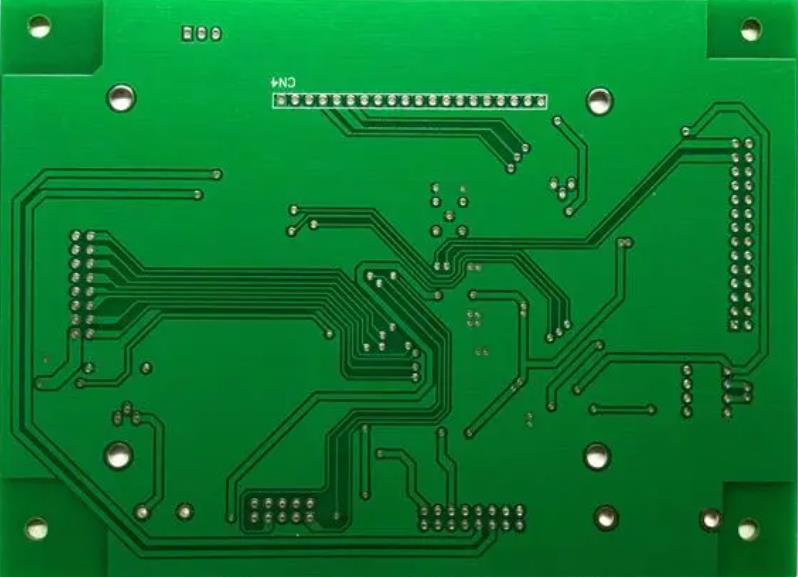Currently, the cba test methods for PCBA assembly circuit boards in the industry can be roughly divided into three parts: AOI, ICT/MDA, and FVT/FCT. In addition, some people use X-Ray full line inspection, but it is not common. The following is a general discussion of the capabilities of these three cba test methods. Due to the advantages and disadvantages of each of these three methods, it is difficult to replace the other two with only one method, unless someone believes that the risk is small and can be ignored.

AOI (Automated-Optical-Inspection):
With the advancement and maturity of imaging technology, AOI has gradually been adopted by many SMT production lines. Its inspection method is to use image comparison. Therefore, it is necessary to have a Golden Sample that is considered to be a good product and record its image. Then, other PCB board can compare the image of the Golden Sample to judge whether it is good or bad. Therefore, AOI can basically determine whether there are defects on the PCBA assembly circuit board such as missing parts, tombstones, incorrect parts, offsets, bridging, and empty soldering; However, it is not possible to identify the solderability of the solder directly below the part, such as BGA IC or QFN IC, and it is also difficult for AOI to determine false soldering and cold soldering. In addition, if the characteristics of a part have changed or there is a slight appearance crack, it is also difficult for AOI to identify. Generally, the error rate of AOI is very high, and it requires experienced engineers to debug the machine for a period of time before it becomes stable. Therefore, when introducing new boards at the initial stage, more manpower is required to re judge whether the problematic boards created by AOI are really problematic.
ICT/MDA (In-Circuit-Test/Manufacturing-Defect-Analyzer):
Traditional cba testing methods. "You can test the electrical characteristics of all passive components through the cba test point. Some advanced CBA test machines can even have the circuit board to be tested by the CBA run a program and perform some functional CBA tests that can be run by the program.". If most of the functions can be completed through a program, you can consider canceling the subsequent FVT (functional cba test). It can detect missing parts, tombstones, faulty parts, bridging, polarity reversal, and can roughly measure the solderability problems of active parts (IC, BGA, QFN). However, it is not necessarily necessary for empty welding, false welding, or cold welding problems, as these types of solderability problems are intermittent. If they happen to be contacted during the CBA test, they will pass. Its disadvantage is that there must be sufficient space on the circuit board to place the CBA test points. If the fixture is improperly designed, it can damage electronic components on the circuit board, even the traces within the circuit board, due to mechanical actions. The more advanced CBA testing fixtures are, the more expensive they are, and some even reach as high as NT $1 million.
FVT/FCT (Function Verification Test):
The traditional functional cba testing (FCT/FVT) method is typically paired with ICT or MDA. The reason for using ICT or MDA is that functional CBA testing requires actual power to the circuit board. If there is a short circuit in the circuit above some power supplies, it is easy to cause damage to the board to be tested. In severe cases, it may even burn the circuit board, causing safety concerns. Functional CBA testing also fails to know whether the characteristics of electronic components meet the original requirements, which means that the performance of the product cannot be measured; In addition, general functional CBA tests cannot detect some by pass circuits, which needs to be considered. The functional cba test should be able to detect solderability, faulty parts, bridging, short circuits, and other issues of all parts, except for By pass circuits. Empty, false, and cold soldering issues may not be completely detected.